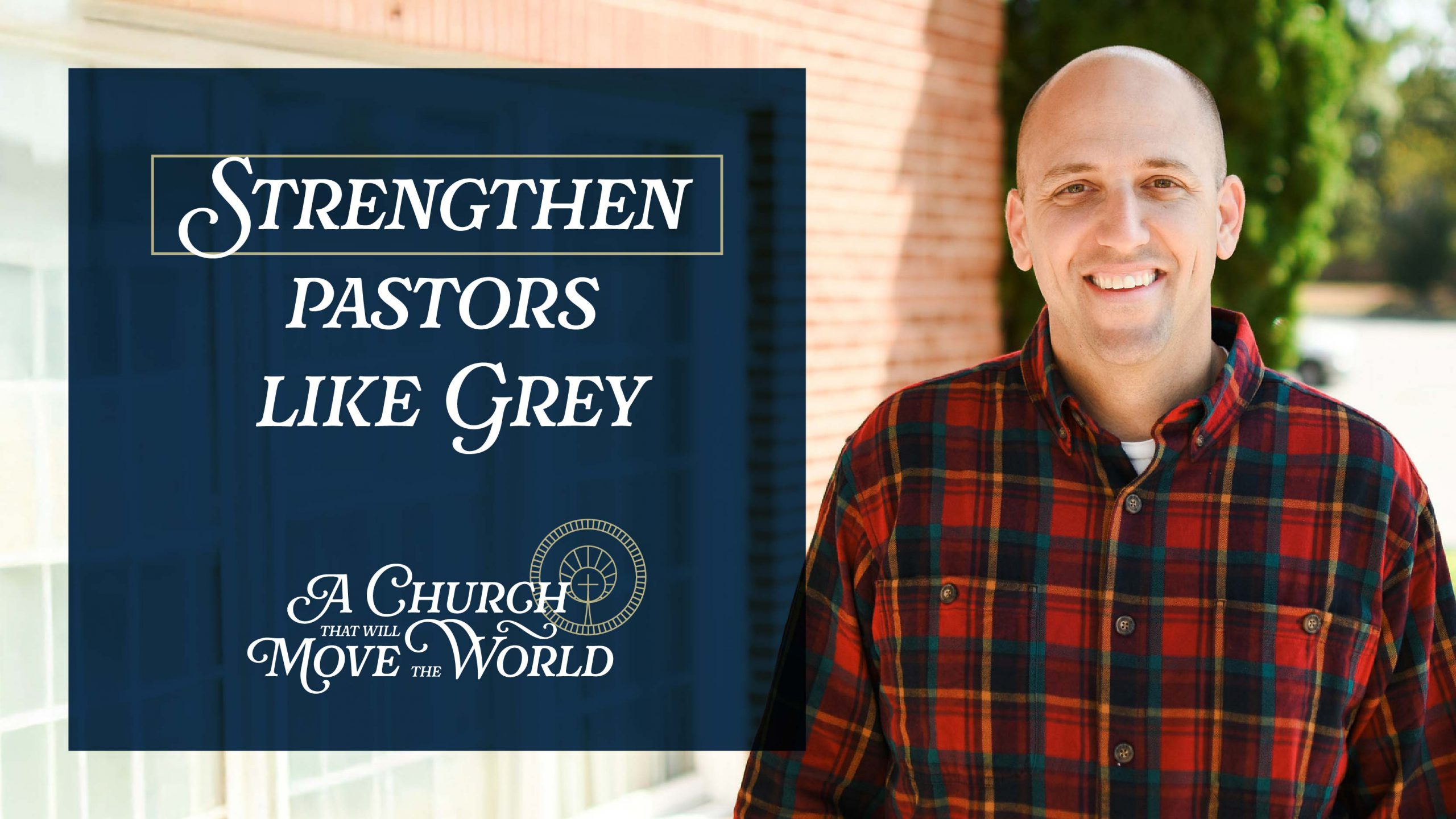

BreakPoint
Getting Away with Murder
In the classic 1938 film Boys’ Town, Father Flanagan says, “There's no such thing as a bad boy.” But Father Flanagan never met Billy. Billy is a 12-year-old boy who raped and beat up a bag lady in New York’s Central Park. When Billy was arrested, an investigation revealed that weeks earlier Billy had raped and murdered another bag lady. After serving a short, one-year sentence in an unlocked rehabilitation program, he was immediately involved in another case of rape and beating. It seems some kids never learn. Billy’s story is told in Rita Kramer’s book At a Tender Age. The blind spot in our juvenile justice system, Kramer says, is that it cannot handle youngsters like Billy who are already hardened criminals. The American juvenile justice system was designed for the kids portrayed in Boys’ Town, whose most serious transgression was telling a fib or sneaking a smoke. The juvenile courts were founded at the turn of the century by progressive reformers steeped in the philosophy of Jean-Jacques Rousseau, who taught that children are innocent unless corrupted by society. And if society was the problem, then society was also the solution. Many juvenile justice professionals decided that the way to treat delinquent kids was not with punishment but with therapy. This explains why our juvenile justice system lets kids off for a first or second offense with nothing more than a judge's scolding. It explains why records are sealed, so that kids who murder at age 17 have a clean record by age 18. It explains why kids in detention for serious crimes like aggravated assault are locked up for only a year or two. When they hit 18, they go free, no matter how heinous their crime. The entire system is toothless, and it inspires nothing but contempt in many young offenders. In family court, young thugs who rob and murder will taunt the judge: “You can’t do anything to me, I ain’t 18 yet.” It’s these hardened young criminals who commit most juvenile crimes. A University of Pennsylvania study found that more than 70 percent of serious juvenile crime is committed by only 7 percent of the juvenile population. But our criminal justice system fails to draw a distinction between minor offenders and the 7 percent who are violent, repeat offenders, like 12-year-old Billy who had already raped and killed more than once. These juveniles ought to be sentenced as adults and put behind bars for a good, long time. When Congress returns to Washington in a few weeks, it will work out a crime bill that requires juveniles as young as 13 to be tried as adults if charged with certain violent crimes. This is one part of the omnibus crime bill we should tell our representatives in Congress to support. The state of Colorado has an even better idea: There juveniles are tried as adults but are housed in separate prisons designed just for juveniles. These are measures we ought to press for when Congress comes back to hammer out its omnibus crime bill. Father Flanagan was wrong: There is such a thing as a bad boy. And our juvenile system needs to stop pretending it can be Boys’ Town. Sixth in a 15-part series on crime.
01/11/94















